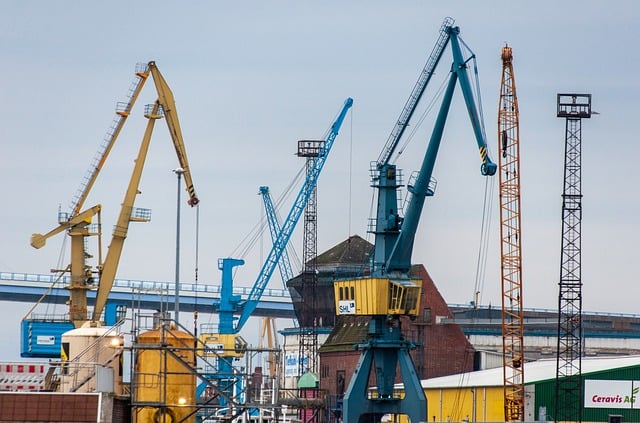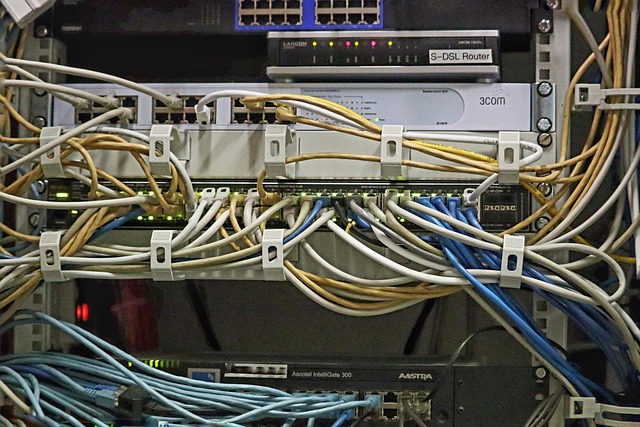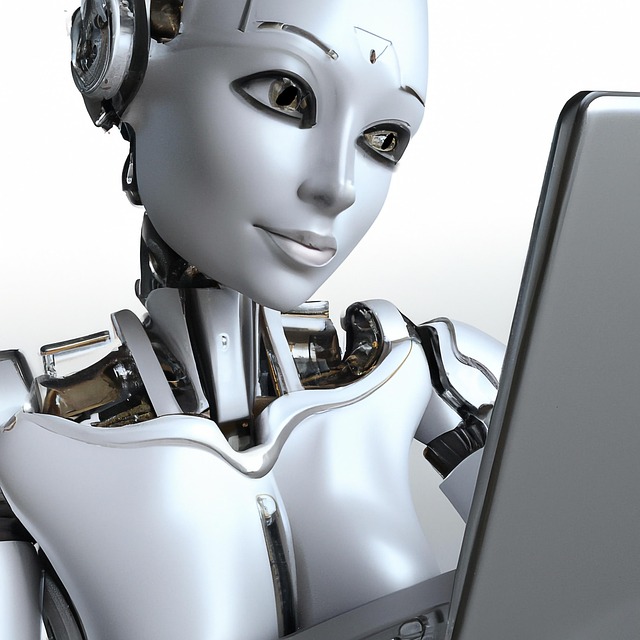# AI Technology Revolution: Transforming Industries and Redefining Human-Machine Collaboration
Artificial Intelligence (AI) has emerged as a transformative force across various sectors, fundamentally altering how businesses operate and interact with their environments. The integration of AI technology is not merely a trend; it represents a paradigm shift that is reshaping industries and redefining the dynamics of human-machine collaboration. This article delves into the multifaceted impact of AI across different sectors, explores its implications for the workforce, and discusses the future of collaboration between humans and machines.
## The Impact of AI Across Industries
Industries worldwide are witnessing the profound influence of AI technology, with applications ranging from healthcare and finance to manufacturing and retail. In healthcare, AI algorithms analyze vast amounts of medical data, enabling faster and more accurate diagnoses. For instance, machine learning models can identify patterns in medical imaging that are often imperceptible to the human eye. This capability not only enhances the precision of diagnoses but also allows for personalized treatment plans, improving patient outcomes significantly.
Finance is another sector that has embraced AI, leveraging its power for risk assessment, fraud detection, and algorithmic trading. Algorithms can process enormous datasets in real-time, identifying anomalies and potential threats much faster than traditional methods. Furthermore, robo-advisors are transforming wealth management by providing personalized investment strategies based on individual risk profiles and market conditions, thus democratizing access to financial advice.
Manufacturing has also been revolutionized by AI through the implementation of smart factories. These facilities utilize AI-driven robotics and IoT (Internet of Things) devices to optimize production processes. Predictive maintenance powered by AI can foresee equipment failures before they occur, minimizing downtime and enhancing efficiency. As a result, manufacturers can achieve higher productivity levels while reducing operational costs.
## Redefining the Workforce
The integration of AI technology into various sectors raises important questions about the future of work and the role of human employees. While there are concerns regarding job displacement due to automation, it is essential to recognize that AI is not merely replacing human workers; it is augmenting their capabilities. By automating routine tasks, AI allows employees to focus on more complex and strategic aspects of their jobs, fostering a more engaging work environment.
In customer service, for example, AI-powered chatbots handle basic inquiries, freeing human agents to tackle more intricate issues that require emotional intelligence and critical thinking. This shift not only enhances customer satisfaction but also empowers employees to develop their skills and expertise in areas where human interaction is irreplaceable.
Moreover, the emergence of AI has led to the creation of new job categories that did not exist before. Roles such as AI ethicists, data scientists, and machine learning engineers are now in high demand, reflecting the need for specialized skills to manage and develop AI technologies. Educational institutions are adapting their curricula to prepare the workforce for this evolving landscape, emphasizing the importance of interdisciplinary knowledge that combines technical expertise with soft skills.
## The Future of Human-Machine Collaboration
Looking ahead, the future of human-machine collaboration appears promising, with the potential to unlock unprecedented levels of innovation and productivity. Collaborative AI systems are being designed to work alongside human workers, enhancing their decision-making capabilities rather than supplanting them. These systems can analyze data, generate insights, and even suggest actions, allowing humans to make more informed decisions quickly.
An illustrative example of this collaboration can be found in the field of creative industries. AI tools are being used to assist artists, writers, and musicians in their creative processes. By generating ideas, suggesting edits, or even composing music, AI acts as a co-creator, pushing the boundaries of what is possible in creative endeavors. This partnership not only accelerates the creative process but also inspires new forms of artistic expression.
Ethical considerations are paramount as we move toward a future where AI plays an increasingly prominent role in our lives. Ensuring that AI systems are designed with fairness, transparency, and accountability in mind is crucial. As organizations adopt AI technologies, they must prioritize ethical practices to build trust among consumers and employees alike. This commitment to ethical AI will be essential in fostering a collaborative environment where humans and machines can thrive together.
## Conclusion
The AI technology revolution is undeniably transforming industries and redefining the nature of human-machine collaboration. As AI continues to permeate various sectors, its impact will be profound, creating new opportunities and challenges alike. Embracing this change requires a forward-thinking approach that recognizes the potential of AI to enhance human capabilities rather than replace them.
By understanding the transformative effects of AI across different industries, organizations can better navigate the evolving landscape and harness the power of this technology to drive innovation. Furthermore, fostering a collaborative environment that emphasizes ethical considerations will ensure that the benefits of AI are realized for all stakeholders. As we stand on the brink of this new era, the collaboration between humans and machines promises to be a defining characteristic of the future workforce, paving the way for a more efficient, creative, and equitable society.











